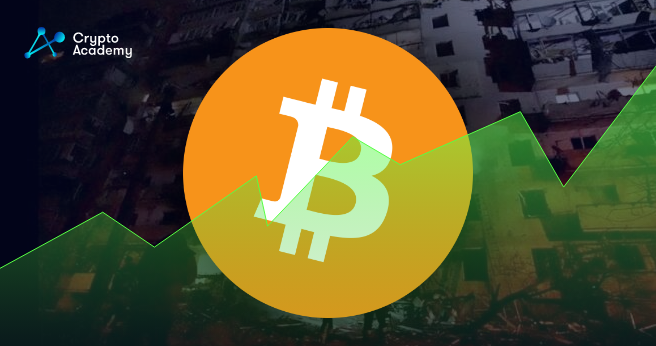Trading volumes of Bitcoin (BTC) and altcoins have increased at a prominent Ukraine cryptocurrency exchange platform in the wake of Russia’s annexation, as per recent data.
As per CoinGecko, the volume at Kuna nearly tripled for more than $4 million on Thursday, February 24. The effect on Russia’s and Ukraine’s fiat currencies was instantly visible as the military conflict with Russia commenced.
Although the Russian ruble took the brunt of the losses, Ukraine’s hryvnia also dropped, heading for a new low of 30 per US Dollar. After a considerable back-and-forth between politicians, Ukraine recently adopted legislation regulating cryptocurrencies, which sparked a surge in interest in alternative solutions.
The impact was visible at Kuna, a seven-year-old stock with volumes of less than $1 million on the 21st of February but nearly $4.1 million merely days afterward. In the aftermath of the first rush, the frenzy began to fade, concurrent with the stabilization of fiat values against the US dollar as well as other large economies, as per CoinGecko statistics.
There was a strange disparity between the sides of the Bitcoin (BTC) spot price as the rates of Kuna were not as apparent. On Bitstamp, BTC/USD was trading around $38,300 at the time of posting, whereas Kuna’s USD pair was trading at over $40,000. Tether (TUSD) was changing hands at 37k per Bitcoin (BTC) at the time of writing.
Government currency controls, on the other hand, provided a second justification for the week’s Bitcoin (BTC) entry. The National Bank of Ukraine started limiting cash on Wednesday, capping hryvnia withdrawals at 100,000 UAH ($3,353) per day and explicitly prohibiting foreign currency buys and withdrawals outside borders.
According to a Facebook post, the Bank also aimed to ensure a steady hryvnia exchange rate throughout
However, Russia’s central bank started getting involved in forex markets on Thursday, February 24 to support the ruble’s plummeting value, with numerous movements appearing to have occurred in a 24-hour period.

